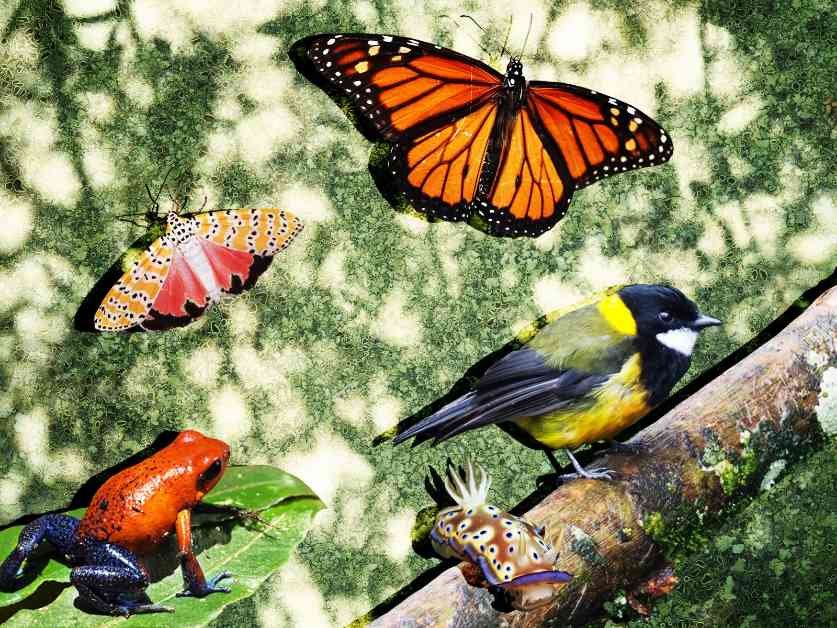Animals have unique ways of protecting themselves from predators, and one of the most interesting strategies is by consuming toxic substances. These animals have evolved to not only tolerate these toxins but also use them as a defense mechanism. This adaptation is a result of genetic mutations that have helped these species resist toxins and even store them in their bodies for protection.
Monarch butterflies are a perfect example of this phenomenon. These beautiful insects lay their eggs on milkweed plants, which contain poisonous compounds. The caterpillars that hatch from these eggs consume the toxic leaves, storing the toxins in their bodies. This makes them unappealing to predators, who have also evolved to tolerate these toxins. It’s a constant evolutionary arms race between the monarchs and their predators.
Poison frogs, found in Central and South America, have a similar defense mechanism. These colorful frogs consume toxic insects like ants and beetles, accumulating the poison in their skin. When threatened, they secrete this poison, deterring predators from eating them. In captivity, when fed a non-toxic diet, these frogs lose their toxicity, showcasing how their diet plays a crucial role in their defense mechanism.
Pufferfish, known for their deadly toxin called tetrodotoxin, actually acquire this poison from bacteria in their gut. The fish feed on algae and invertebrates that produce this toxin, accumulating it in their skin and organs. While this toxin is lethal to predators, it also serves as a stress reliever for the fish, reducing aggressive behavior and promoting growth.
Birds in New Guinea have been found to have toxic feathers, containing neurotoxins similar to those found in poison dart frogs. These toxins may help reduce parasite pressures or deter insects. Interestingly, the local people avoid eating these toxic birds due to their “spicy” taste, showcasing how animals’ toxic defenses can have cultural implications.
Lastly, sea slugs have developed a unique way of defending themselves by consuming stinging cells from sea anemones. These cells are absorbed by the slugs and stored in their bodies, ready to be deployed as a defense mechanism when needed. This adaptation allows the sea slugs to use the anemones’ toxins to their advantage.
Overall, nature has some fascinating ways in which animals have evolved to protect themselves using toxic substances. These adaptations showcase the complexity of the natural world and the constant battle for survival between predators and prey.






